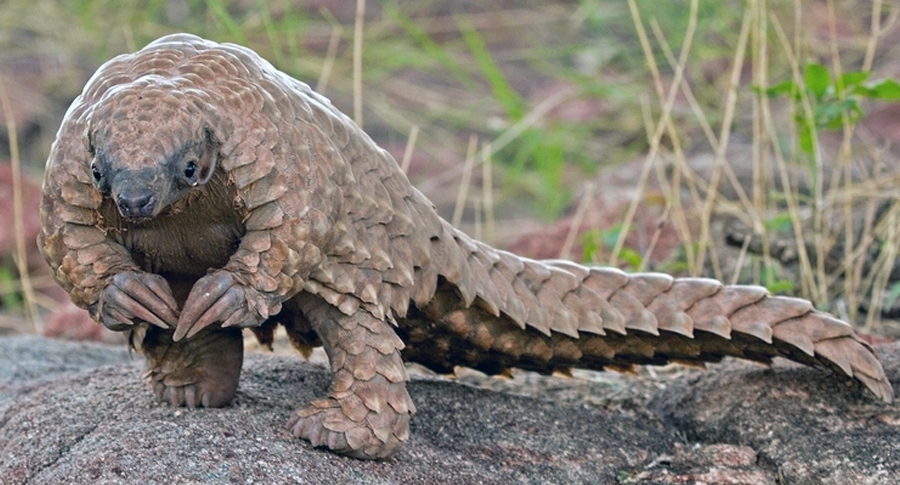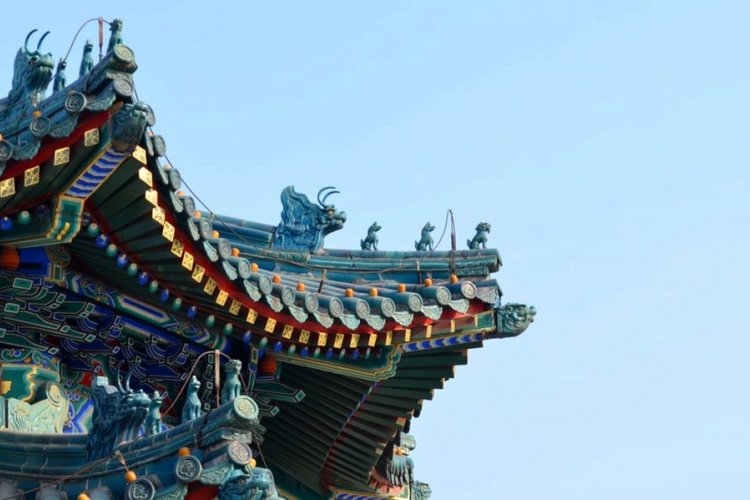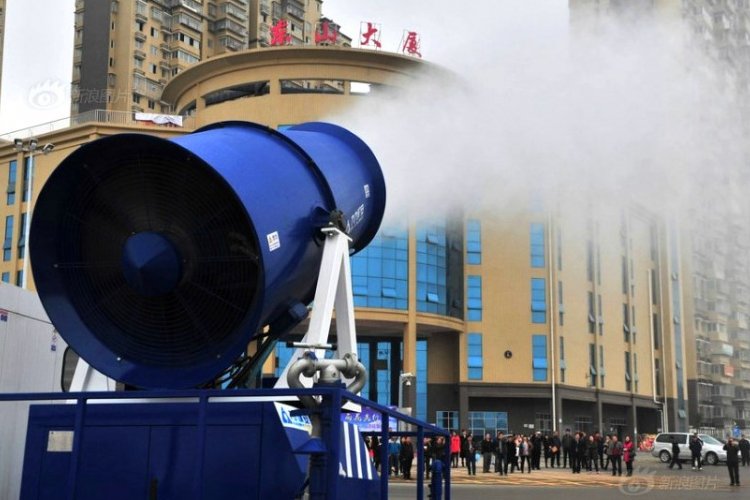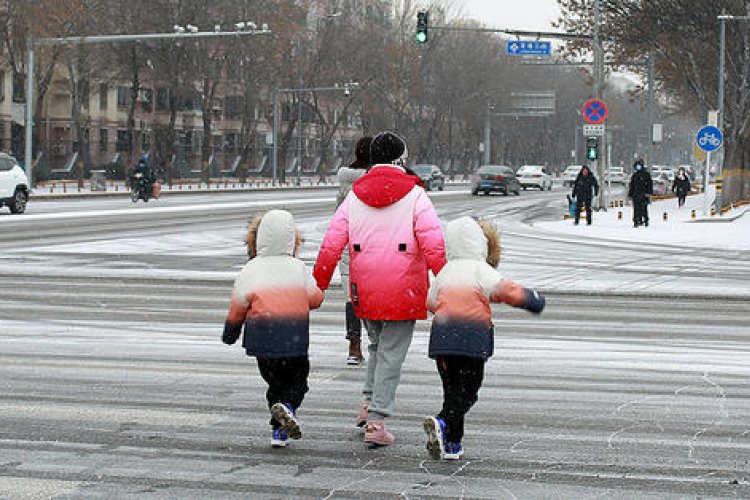Beicology: Beijing Receives Good News From the Energy, Water, and Wildlife Sectors
How bad is the smog these days, really? Who is keeping tabs on the state of our drinking water? What has the government done about carbon emissions lately? In Beicology we turn our focus toward environmental news in the capital.
My oh my, would you look at that AQI! Summer rain (and a tiny brush with a typhoon) has cleared up the air in Beijing, making us more optimistic about the environment than usual, so we rounded up some more hopeful stories for this week's Beicology.
Tibet sends Beijing its clean energy
Less than a decade ago, Tibet had yet to extend its own electrical grid to all of the villages in its own province. Now it is beginning to send its electrical power clear across the country to power the city of Beijing.
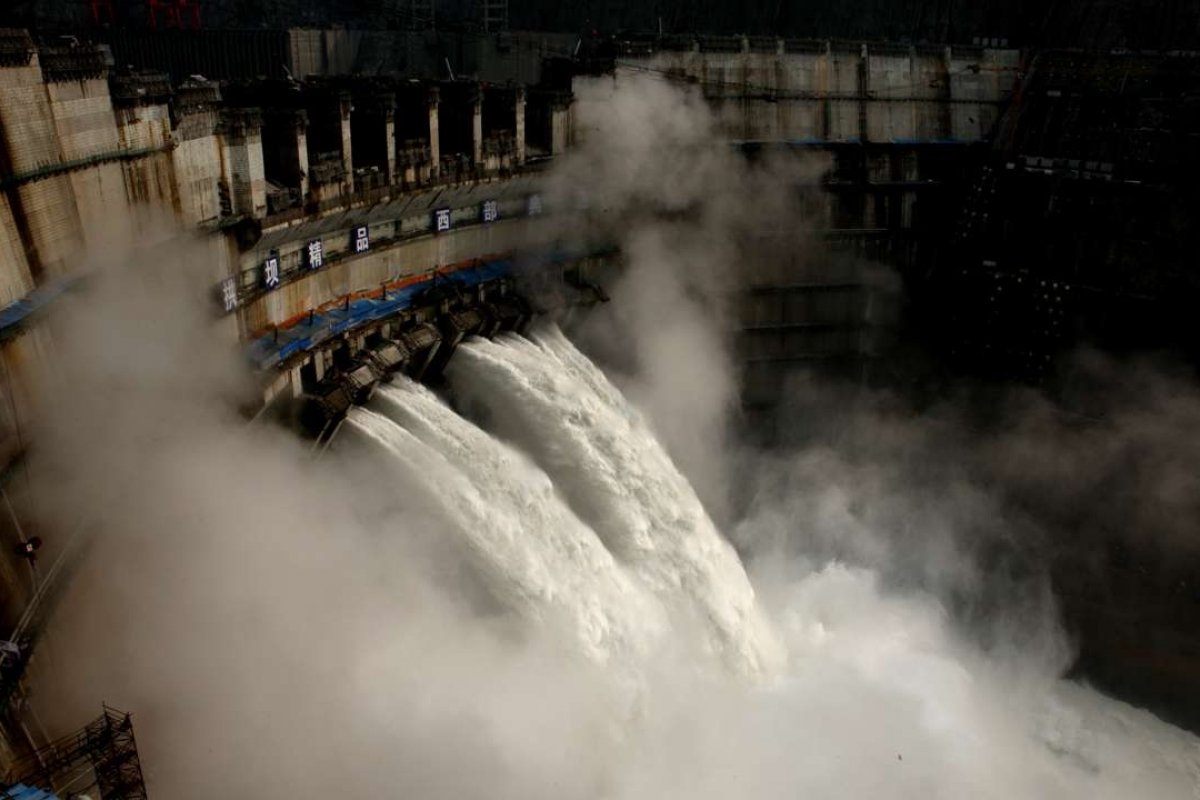
The transfer of electricity over a distance of more than 2,500km is part of a central government program to alleviate poverty in the western province by increasing employment, but it has direct benefits for the capital as well, namely relieving Beijing of some of the toxic fumes produced by its coal-powered plants. In contrast, Tibet is able to tap into both hydroelectric and geothermal sources of power, making it one of the cleanest sources of power in all of China.
Forty million kilowatt-hours of electricity were transferred in the initial tests, which took place in July. Given the historical difficulties in taking advantage of Tibet’s renewable resources to produce energy, this connection to the national grid at such an ambitious scale represents a turning point for the province. It also marks a new step in China’s efforts to reduce climate change-related emissions.
Beijing-area water sources getting cleaner every year
The Beijing Municipal Ecological Environment Bureau has reported that the Beijing-Tianjin-Hebei area will intensify its efforts to clean up the local water supply by doubling down on sanitation efforts that have proven successful in recent years. Renewed policies will focus on the usage of reclaimed water and sewage processing, which has nearly doubled in efficiency from 3.8 million cubic meters per day in 2013 to 6.72 million cubic meters in 2018. Meanwhile, reclaimed water – sewage water that has been reprocessed for use in irrigation and farming – made up more than 27 percent percent of all water used in Beijing in 2018, making it the second-largest water source in the city.
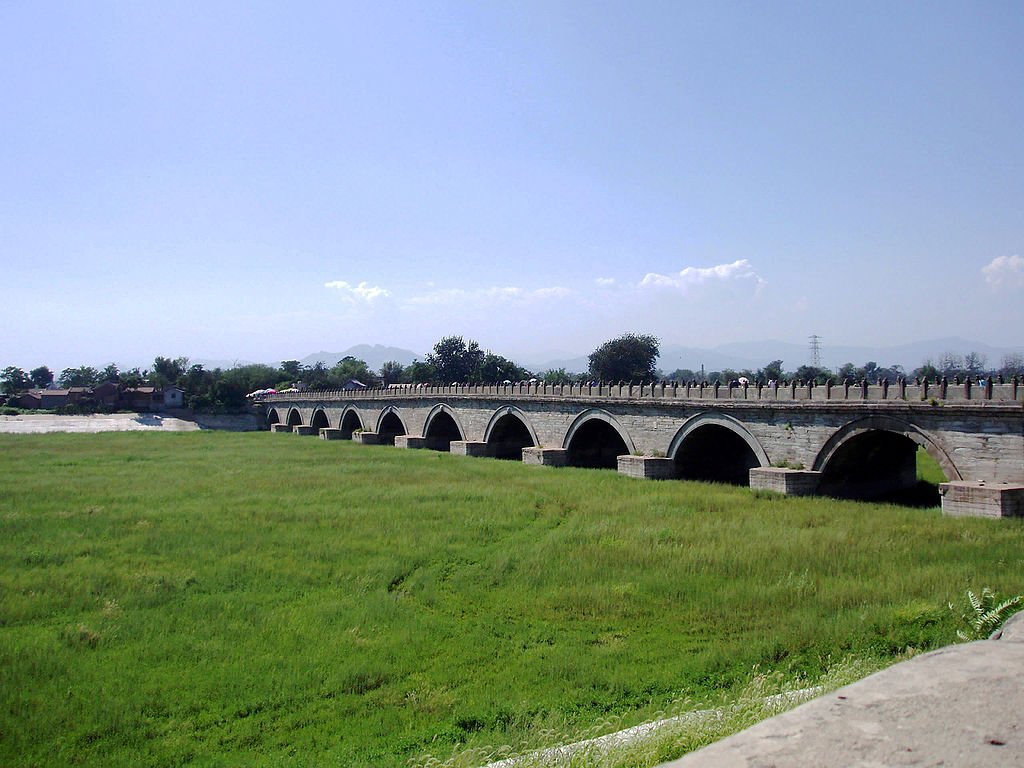
While sewage processing helps the city reduce the amount of water taken from natural sources, the municipal government has also been kicking up the pressure on polluters. Violators were fined a total of RMB 92 million in 2018, up 64 percent from 2013, and authorities are now pouring even more resources into enforcement, including the installation of remote sensing technology to detect polluters. The efforts have already made strides in helping to clean the area’s rivers; for example, magnesium sulfate content is down by an average of 36 percent since 2015, and ammonia nitrate is down 82 percent in the same period.
Pangolins to get new protections
China’s State Forestry and Grassland Administration has proposed the first update to the country’s wildlife protection list in 30 years. The new list would increase legal protections for a number of endangered animals, including the Chinese pangolin, the scaly anteater for which many conservationists in China have been raising the alarm as it nears functional extinction.
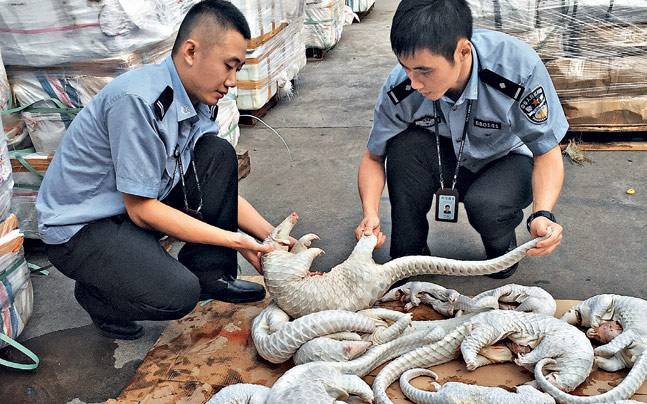
The scales of the pangolin are a popular ingredient in Chinese herbal medicine, leading to widespread hunting of the animal. A call to ban the use of its scales in medicine took place earlier this year, but the state of the pangolin population is so dire that special protections are needed, conservationists say. The proposed update to the wildlife protection list would move the pangolin and other animals from Class II protection up to Class I, the highest possible level of protection under the current law. The key difference is that Class II animals may be hunted with a special license, whereas Class I animals may not be hunted under any circumstances. Other animals to be granted Class I status will likely include the Tibetan red deer, the Mongolian gazelle, and the Yangtze finless porpoise. The official list will be made public by year-end.
The current wildlife protection laws have also been criticized for vagueness that in the past has caused controversy over what constitutes illegal harm to an animal, even in the higher levels of protection. However, in addition to hunting restrictions, there is hope that the elevating protection levels will further enable efforts to squash the illegal trafficking that is already taking place.
READ: Beijing's Air Pollution Forecasted to Continue Dropping
Images: Focus, SCMP, Wikipedia, Indiatoday

